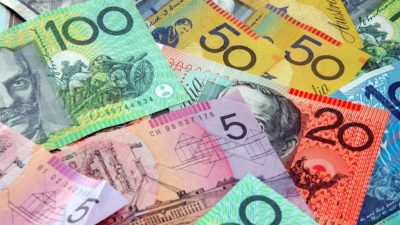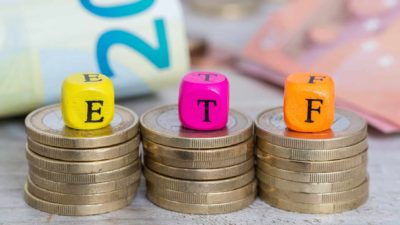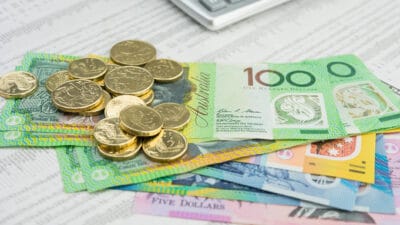What if I told you investing in ASX dividend shares today could see you with a passive income stream large enough to retire on in just seven years? It might sound too good to be true, but it's not.
By building a portfolio of ASX dividend shares, one might find themselves sitting back and enjoying their second life by the end of the decade. All without forfeiting a regular income.
So, how much would you have to sink into the stock market now to build a retirement-worthy passive income by 2030? Let's take a look.
How much dividend income do I need to retire?
The size of the cash stream needed to enjoy retirement will differ from person to person, but let's assume a $50,000 annual income will get you by.
If you can build a portfolio of ASX shares capable of paying an above-average, but not unheard of 6.5% dividend yield, you'll need around $780,000 worth of stocks to receive such an income.
That may sound like a huge sum. Fortunately, however, there are still close to seven years left in the decade to reach our figurative goal.
Investing now to retire by 2030
The S&P/ASX 200 Index (ASX: XJO) has historically provided investors with an average annual return above that offered by savings accounts – even considering recent interest rate hikes.
The index has provided an average total annual return of 8.18% over the last decade.
If that return holds steady for the years to come, one will need to invest just $450,000 now to have a portfolio capable of providing $50,000 of annual dividend income by 2030.
Let's take a look at how that nest egg would grow over the years:
| Years invested | Portfolio value |
| 0 | $450,000 |
| 1 | $486,810 |
| 2 | $526,631 |
| 3 | $569,709 |
| 4 | $616,312 |
| 5 | $666,726 |
| 6 | $721,264 |
| 7 | $780,264 |
The power of compounding, folks! And just imagine how much further that would have grown if one were to have regularly and consistently added to it over the years.
It's worth noting, however, that no investment is guaranteed to provide returns or downside protection, and past performance isn't indicative of future performance.









